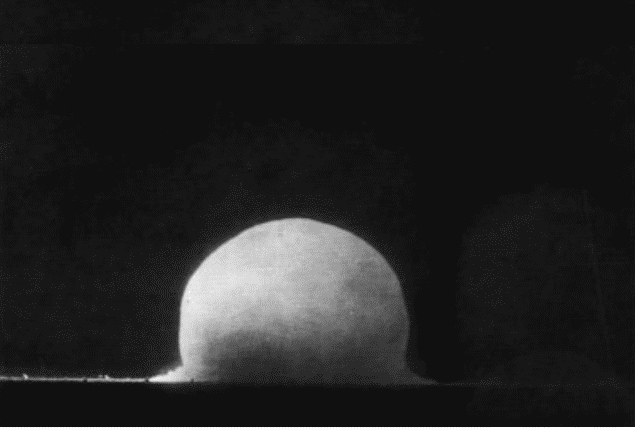The EEOICPA was passed in 2000. It provides compensation to workers who became ill as a result of their employment manufacturing nuclear weapons in the USA, as well as their spouses, children, and grandchildren. Trinity Nuclear Explosion Site EEOICPA coverage is available for qualified former Workers and their families.
Are you eligible for compensation? If you or a family member worked at this or another DOE facility and became ill, you may be entitled to compensation of up to $400K plus medical benefits. Call EEOICPA Counsel Hugh Stephens at 1-855-548-4494 or fill out our free claim evaluation, We can help even if you’ve already filed, even if your claim was denied!
Here, we have compiled publicly available information and documentation about the facilities covered by the Act to clarify how their activities relate to the Energy Employees Occupational Illness Compensation Program Act.
Trinity Nuclear Explosion Site
State: New Mexico
Location: White Sands Missile Range
Time Period: DOE 1945; DOE remediation 1952; 1967
Facility Type: Department of Energy
Facility Description: The Trinity test was the first nuclear weapons test, which took place in July 1945 at the Alamogordo Bombing and Gunnery Range. It was designed to determine whether the implosion method could be used to detonate a nuclear weapon composed of plutonium. The Trinity test involved the open air detonation of a nuclear device placed on a metal tower.
Listing:
Trinity Nuclear Explosion Site is listed as a Department of Energy (DOE) site under the EEOICPA.
Compensation:
As of 05/31/2015, the total compensation paid under Parts B and E of the EEOICPA, including medical compensation, for workers suffering from the effects of having worked at the Trinity Nuclear Explosion Site is $1,376,683.
*Trinity Site – World’s First Nuclear Explosion:
The world’s first nuclear explosion occurred on July 16, 1945, when a plutonium implosion device was tested at a site located 210 miles south of Los Alamos on the barren plains of the Alamogordo Bombing Range, known as the Jornada del Muerto. Inspired by the poetry of John Donne, J. Robert Oppenheimer code-named the test Trinity. Hoisted atop a 150-foot tower, the plutonium device, or Gadget, detonated at precisely 5:30 a.m. over the New Mexico desert, releasing 18.6 kilotons of power, instantly vaporizing the tower and turning the surrounding asphalt and sand into green glass. Seconds after the explosion came an enormous blast, sending searing heat across the desert and knocking observers to the ground. The success of the Trinity test meant that an atomic bomb using plutonium could be readied for use by the U.S. military.
The Trinity Site is now part of the White Sands Missile Range and is owned by the Department of Defense. Ground zero is marked by an obelisk made of black lava rock, with an attached commemorative sign. A slightly depressed area several hundred yards across surrounds the monument, indicating where the blast scoured the ground. Only a few pieces of the green glass, trinitite, remain in a protected enclosure. Outside the fenced-in ground zero area lies Jumbo, the 214-ton steel container built to contain the plutonium if the 5,300 pounds of high explosives in the bomb detonated but no nuclear explosion resulted. Ultimately, Jumbo was not used. The restored McDonald ranch house, where the device’s plutonium core was assembled, is located about two miles to the south. The remnants of the base camp where some 200 scientists, soldiers, and technicians took up temporary residence during the summer of 1945 is about ten miles southwest of ground zero. Remnants of the observation points 10,000 yards out are also still visible. The Trinity site is currently opened to the public by the National Park Service twice a year. Tours are given by the Department of Defense on request.


















